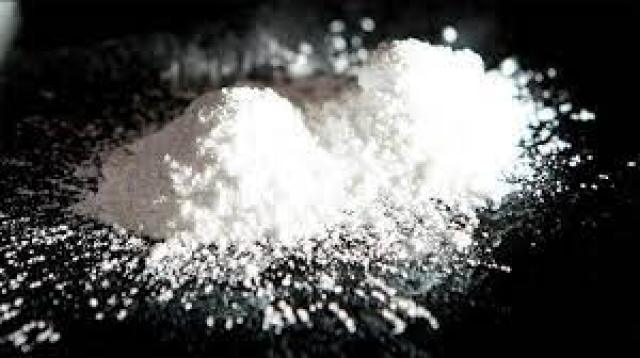
In 2021, the Colombian Navy broke its all-time record for drug seizures with 403 tons of illicit substances confiscated. Colombia accounts for two thirds of the global area under coca bush cultivation and cocaine production, according to the United Nations Office on Drug and Crime’s World Drug Report 2021. The great majority of coca cultivation takes place in the departments of Putumayo, Caquetá, Meta, Guaviare, Nariño, Antioquia, and Vichada, in border areas with Venezuela – where armed groups and drug traffickers operate – which are seeing a recent spike. The Maduro regime “demonstrates a complete unwillingness to make the more than necessary policy changes to enforce existing laws.
By Diálogo Américas – Marcos Ommati
May 17, 2022
This creates an extreme level of impunity exacerbated by a lack of transparency and high levels of corruption,” the PanAm Post reported. This works as an incentive to coca producers, who see Venezuela as a safe haven, and the once wealthiest country in Latin América mostly because of oil, is now becoming a central hub for not just selling narcotics in the Western world, but also for cocaine production.
InSight Crime – a foundation dedicated to the study of the principal threats to national and domestic security in Latin América and the Caribbean – has uncovered evidence of the presence of significant quantities of coca crops in at least three municipalities in Zulia, and two more to the south in the state of Apure, each time verified and corroborated by multiple reliable sources. In addition, sources in the field, international agencies, and the Venezuelan government’s own reports show that crystalizing laboratories used to process coca paste into cocaine hydrochloride have been proliferating in the same areas, according the InSight Crime early May 2022 report indicates.
The world’s fourth cocaine-producing country
For a while now, Venezuela has been considered a major maritime transit country for cocaine via aerial and maritime routes, the U.S. Department of State’s 2022 International Narcotics Control Strategy Report indicates. According to the same report, nearly 24 percent of global cocaine production transits through Venezuela. Cocaine trafficking from Venezuela to the United States is soaring, even as the country collapses. And U.S. and other regional officials say it’s Venezuela’s own military and political elite who are facilitating the passage of drugs in and out of the country on hundreds of light, unmarked planes, CNN reported.
However nascent, cocaine production in Venezuela should not be ignored. The country’s border region, poor, isolated, abandoned by the state and dominated by armed groups – especially Colombian guerrilla groups – represents a perfect petri dish for it to spread, and in a country trapped in an economic crisis, ruled by a corrupt regime and ravaged by criminality, that is a dangerous proposition, InSight Crime says. The report, Venezuela’s Cocaine Revolution, states that “today, Venezuela is at risk of becoming the world’s fourth cocaine-producing country.”
Mildred Camero, former president of the National Commission Against the Illicit Use of Drugs of Venezuela (the current National Anti-Drug Office), said in a 2020 interview with Diálogo that the changes are not only related to the use of the national territory to produce drugs, but also to the participation of Venezuelans in different parts of this process, from coca growing to distribution and trade. “There are groups within the Venezuelan youth that are involved in coca crops,” Camero said. “These are boys who get paid $10 for each bag of coca leaves.” Many of them cross the border to work on crops and harvest coca leaves. But according to Camero, this dynamic “will create in Venezuela a population that engages in growing [drugs] in their own country. They are school dropouts who might create a generational problem in the long term, with consequences for the democratic stability of the country,” she said.
The Maduro regime is reportedly operating as a regulator of this illicit market. “Criminal organizations have infiltrated all of the institutions of the [Venezuelan] state,” said a former official with the Attorney General’s Office, who spoke to InSight Crime on the condition of anonymity. “They all have a number of officials paid off so they can move their shipments.”
“To be a narco in Venezuela, you need the blessing of the Maduro regime, connections with the military to move the drugs, and links to Colombian guerrillas for production,” concluded Jeremy McDermott, executive director and co-founder of InSight Crime.
…
Read More: Diálogo Américas – Is Venezuela becoming a major Cocaine producer?
…

